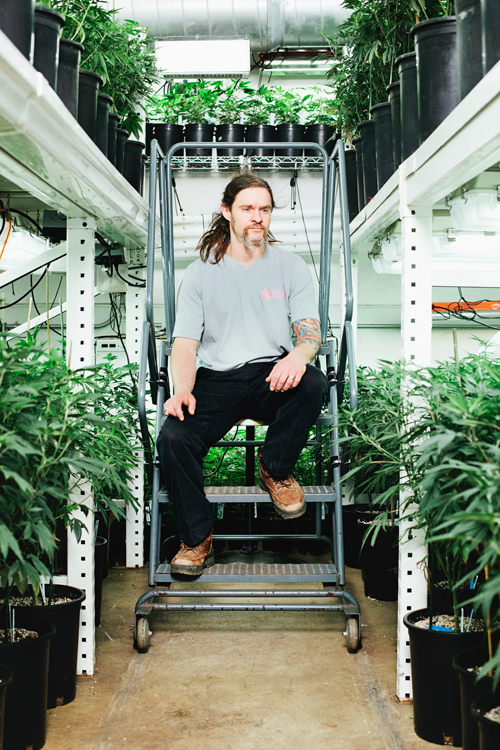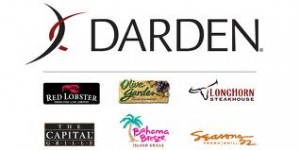More and more customers now are looking for companies to be transparent, but it’s kind of hard to be competitive and sustainable at the same time. Companies are now using value chain processes to get the job done fast. They are not only focusing on suppliers but also taking into account By-Product-Synergy, which is “taking waste from one part of the production process and using that waste in order to generate a new product.” But how can companies become more sustainable if only “80 percent of management uses just 20% of the available opportunities?!” The remaining 80 percent is where management needs to focus the rest of their energy.
It’s crucial for management to set goals and assess their risks, thereafter they can easily seek out opportunities for future improvement. The first step to become a transparent company is to implement a sustainability program, and of course to develop a strategy. The next step is to identify the companies “main processes and map data throughout the value chain.” By using life-cycle-assessment software, the companies will have a more clear idea of how to lower their costs.
A similar approach was taken by ThyssenKrupp (FWB: TKA), a German elevator company. Since ThyssenKrupp uses a considerable amount of steel in the manufacturing process, they thought the operational aspect had the greatest environmental impact. To their surprise, the “company’s elevators themselves left a greater carbon footprint then their manufacture or any of the company’s other operations.”
As a result, ThyssenKrupp dramatically changed their product line after implementing a sustainability program. They made the following changes to their products and services:
- Elevators use LED lights which reduce energy consumption by 80%, and automatic fan and light shutoff which reduces CO2 emissions by 193,000 tons per year.
- Getting rid of harmful chemicals used to manufacture the elevator.
- Using petroleum based biodegradable fluid, with a vegetable-based option called “enviromax.”
- Elevators are equipped with regenerative technology, meaning that the energy generated from the braking system is put back into the building.
In a way the article gives motivation to other companies who are taking their first steps towards becoming a transparent company. It gives them few ideas and pointers on “unlocking supply-chain opportunities.” It’s important for different industries to decipher various ways to be more environmental friendly. After all, there is more to being sustainable than just showing off your environmental initiatives.
Do you think ThyssenKrupp can take additional measures to make their company more sustainable? Or better yet, are there any companies that you want to see become transparent in the near future? How would they need to change there operations?
Links:
http://www.thyssenkruppelevator.com/Sustainability/products-services
http://www.greenbiz.com/blog/2013/04/26/whirlpool-thyssenkrupp-supply-chain-transparency?page=0%2C1
https://opsmgt.edublogs.org/2012/06/28/transforming-waste-into-profit/






